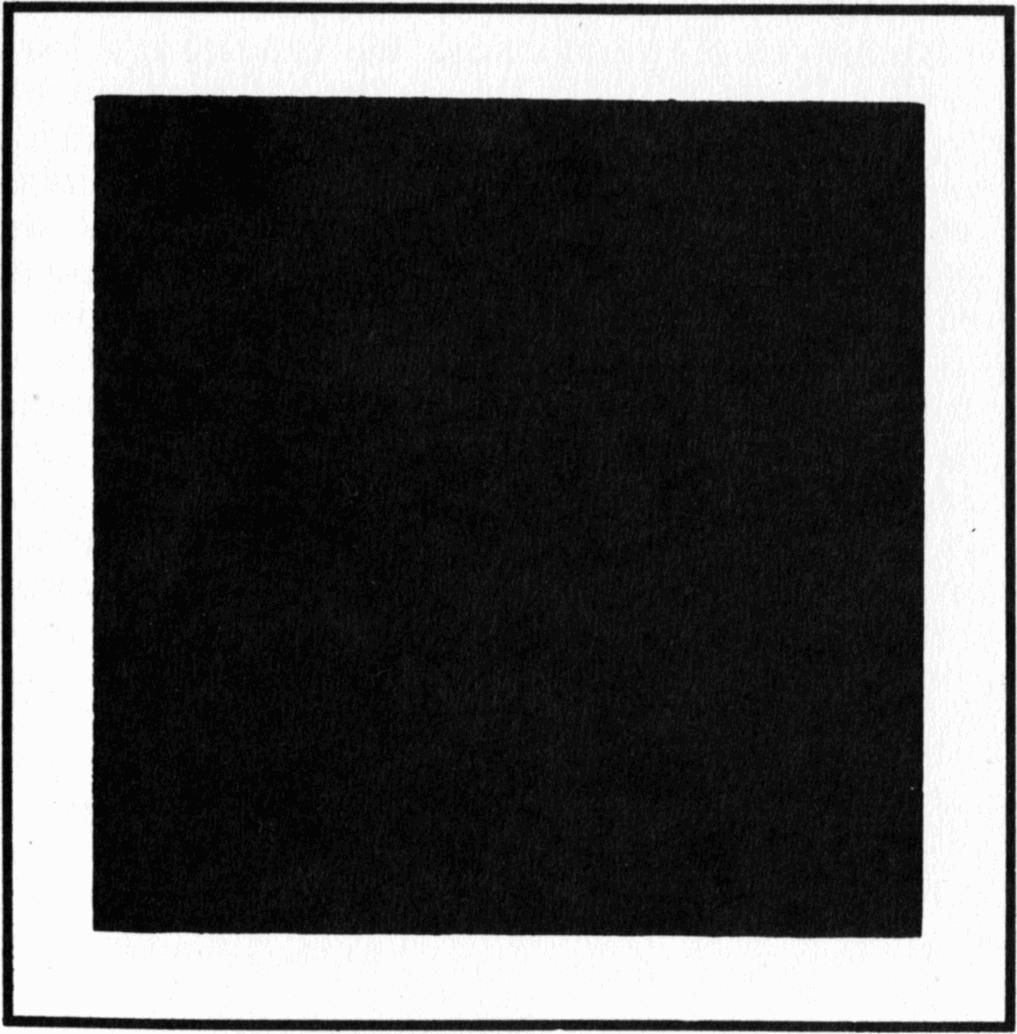
Recently the Belgian Artist Frederik De Wilde exhibited a square blacker than any human being has ever seen before. Blackboards look black to us but actually reflect as much as 10% of the light falling on them. De Wilde's black square reflects 0.01% - one thousand times less.
There is an impressive image here. New Scientist magazine have described it as an attempt to paint nothing.
The work is a reflection of the celebrated Black Square that the Russian Malevich showed in St Petersburg in 1915. The image above is an image of Malevich's work that I found in Wikimedia Commons. This painting had huge influence at the time and I believe at the end of his life the artist had it hanging in his bedroom. Today it is in a fragile state (with the black foreground crazing to reveal the white below), and in another echo from the past De Wilde's NanoBlck-Sqr #1, which uses carbon nanotubes on a white frame, is so delicate that you are only permitted to view it under supervision.
But neither Malevich nor De Wilde have captured what nothing looks like. The blind have a better understanding, which you can share. What do you see round the back of your head? You've no eyes there, so you just saw (or didn't) nothing. And it's not a bit like black.
This might seem trivial or frivolous, but it's not at all. I have a big blind spot (nearly half my vision) and people ask me frequently what I see there. They expect it must be a black patch. But it's not: it's nothing. That's very hard to explain. And impossible to paint. It wouldn't be an empty canvas, a sort of visual equivalent of John Cage's composition 4'33''. And it wouldn't be a black square. It would have to not exist.